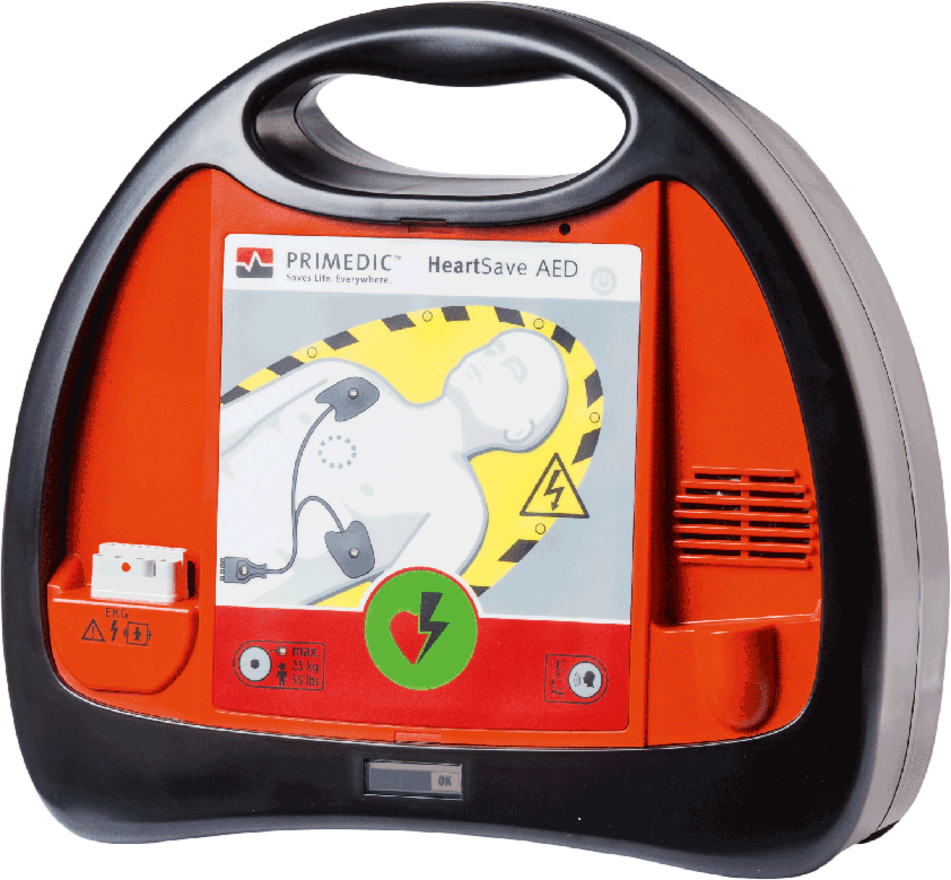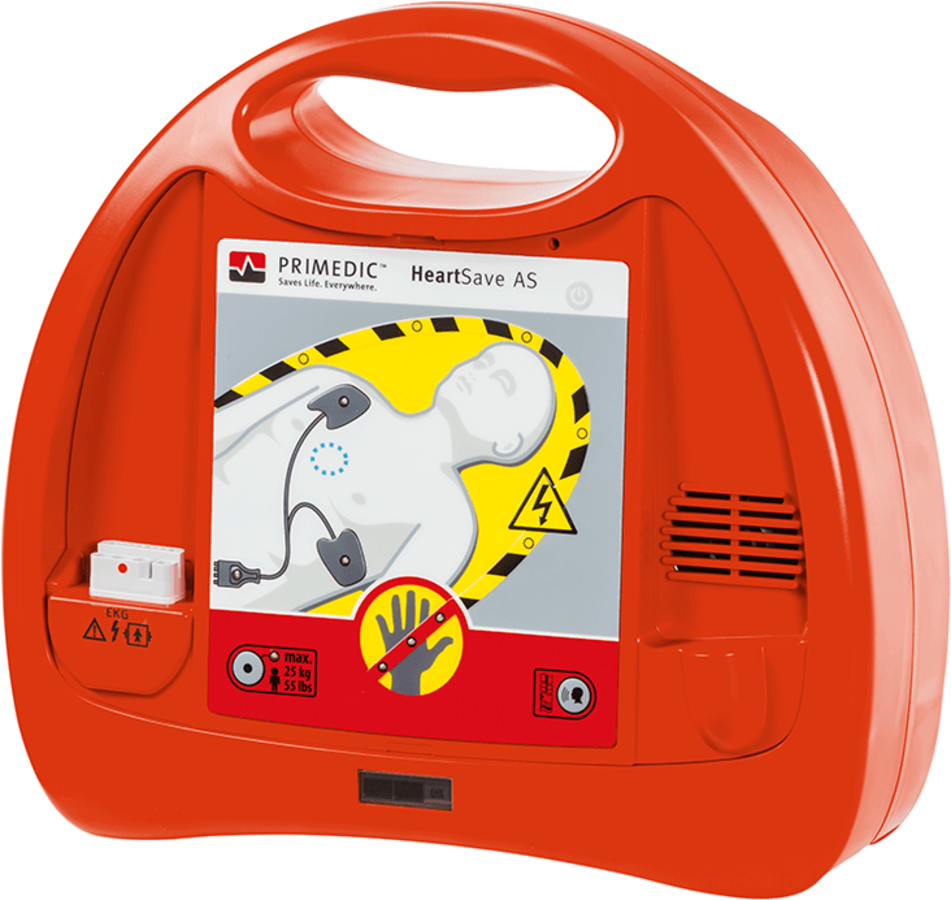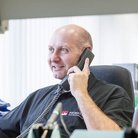Defibrillator for schools
More safety in the classroom, at school sports and events: A defibrillator for schools and educational institutions forearms everyone involved for an emergency – and for this it must be quick and easy to use. Learn everything about suitable devices for lay use or AEDs for children, costs and what to consider when using them.
Get advice now

HeartSave AED
The HeartSaveAED is a true all-round talent and is ideally suited for almost any application.
- Language selection button: You can change between four languages for verbal instructions during operation – for users of different nationalities
- Pediatric mode / pediatric button - in the event of a pediatric emergency, you do not need special pads for pedriatrics, as the AED switches to pediatric mode with the simple press of a button
- Battery with up to 6 years standby - so that your AED still works reliably after many years in an emergency and has enough power reserves ready to go.
- Cost-effectiveness - long-life and low-cost consumables ensure very low follow-up costs

HeartSave AS
The Defibrillator with fully automated shock delivery - ideal for insecure and hesitant first aiders.
- Autonomous: The HeartSaveAS ensures that defibrillation can be carried out reliably – even if the first aider is not confident in delivering the shock himself or herself
- 'Zero button operation' - once the lid is opened and the pads are applied to the patient, no further operation of the AED is required by the user.
- Like the HeartSaveAED, the HeartSaveAS has a pediatric mode and a pediatric button, instructions in four languages, and a long-lasting battery with up to 6 years standby
I believe that a defibrillator should be standard first aid equipment for schools. The fact that our teachers and students have access to the HeartSave AS in an emergency gives us all a bit more peace of mind in everyday school life.

Zentrale

